| Even though the Orthotylinae and Phylinae are speciose and of world wide distribution most species are not acquired by non-specialist insect collectors. We describe here, and illustrate with still photos and video clips, some of the specialized techniques applied by PBI team members to capture and document specimens. |
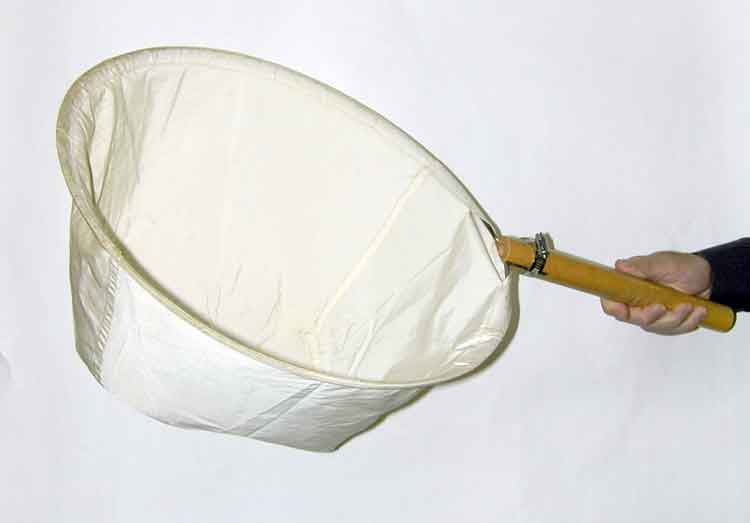 | EquipmentBeating Nets For the great majority of species of Orthotylinae and Phylinae that breed on woody vegetation the most effective collecting technique is beating. The great variety of net types used by entomologists to conduct the beating process has included inverted umbrellas, flat sheets, "butterfly nets", heavy sweeping nets, and aquatic nets. Over time, PBI team members have adapted a shallow beating net that is easy to handle and especially well suited to working in harsh vegetation types such sclerophyll and thorny scrub. Although the net may appear small to some, it allows for capture of most specimens, even on the hottest days, in particular contrast to the use of a large, flat sheet, which can allow many specimens to escape. Current versions of the net shown in the photo incorporate a stainless steel hoop, that resists rust and corrosion. The hoop is fastened to the easy to grip hardwood handle with a "hose clamp" that can be purchased at most any hardware or automotive supply store, and which can be removed using a small coin. The length of the handle can vary from quite short to nearly the length of the net, depending on the personal preferences of the individual collector. The net bags are made of coated polyester that remains somewhat rigid. The seams are sown down so that both sides of the net surface serve equally well for collecting. |
|
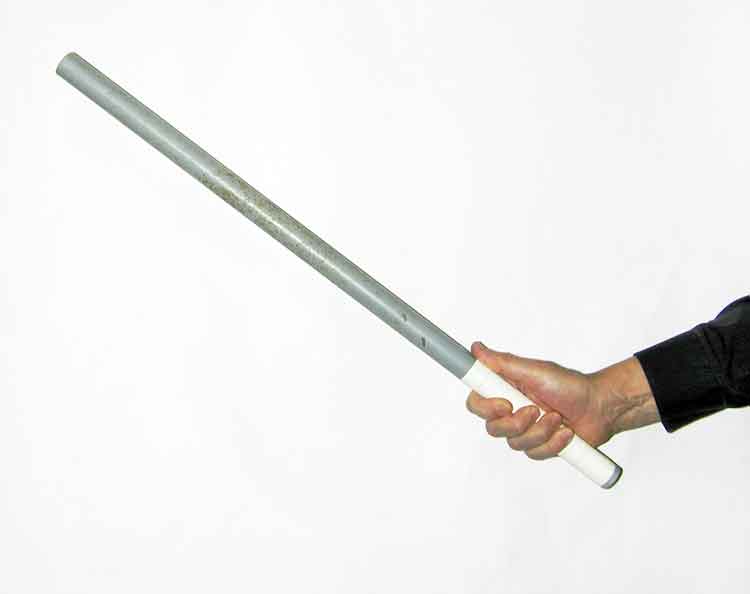 | Beating Sticks Beating sticks of all sizes and materials can be effectively utilized for collection of Miridae. Nonetheless, a few guidelines can focus the choice. When beating on tree limbs or other rigid substrates, a heavy stick–such as the handle of an ax –can be particularly effective. When collecting on more flexible vegetation, a much lighter stick is probably more effective. PBI team members have begun to use PVC piping of 2-3 cm diameter. It is cheap, durable, light weight, and can be purchased almost anywhere. It is helpful to identify the "handle end" of the pipe, by wrapping it with electrical tape. | |
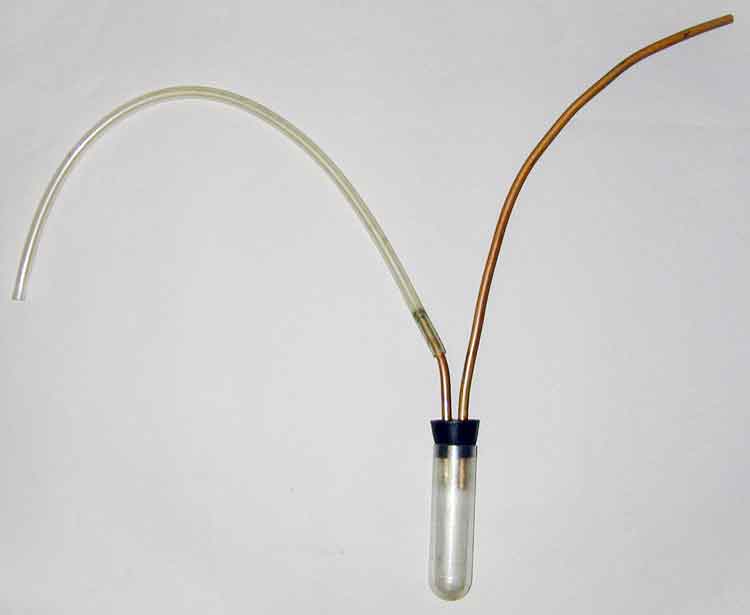 | Aspirators An aspirator (or pooter) is by far the most effective way to capture Miridae on the surface of a beating sheet. Aspirators come in many styles, each with its potential advantages. Most PBI team members utilize a device of straightforward design made of off-the-shelf materials. The apsirator shown here utilizes copper tubing and clear plastic piping, both readily available in most hardware supply stores. The two-hole rubber stopper and polycarbonate tube can be acquired from a scientific supply house. The screen over the mouth-suction tube can be made either of fine brass or textile mesh. | |
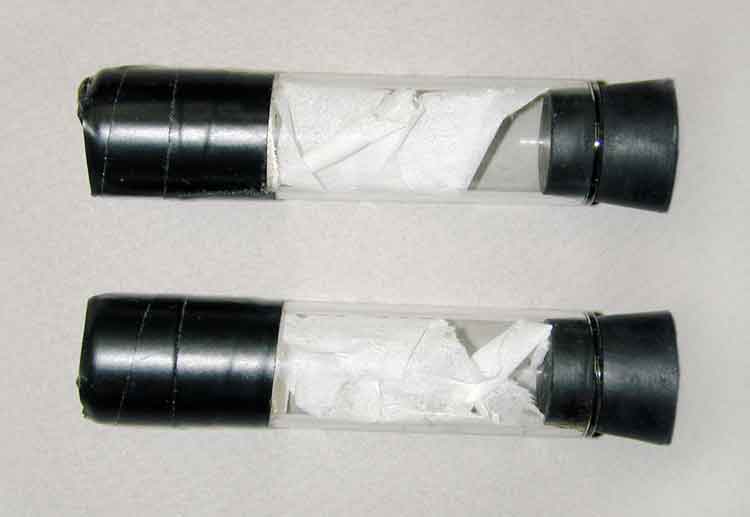 | Killing Tubes The preferred approach of most PBI participants is to use small killing tubes and to restrict the contents of each tube to specimens collected from a single plant species. Most PBI team members have traditionally used cyanide as the killing agent when collecting Miridae. With the advent of more restrictive regulations concerning the transport of such substances, more easily acquired alternatives such as ethyl acetate can also serve effectively. The issue of greatest importance is to make certain that the tubes do not "sweat", a situation that will diminish the quality of the specimens. Because cyanide will eventually harden–and sometimes discolor–specimens, it is best not to leave the specimens in the tubes for extended periods of time. Once specimens have been killed they can either be stored for transportation and mounting at a later time, or mounted while in the field. These approaches are described under "Preservation". |
|
Techniques |
||
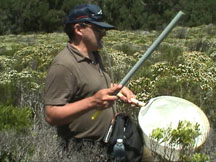 |
Beating
Beating is one of the most effective approaches for collecting Miridae, especially on woody vegetation. The following videos show PBI team members beating on different types of woody vegetation.
| |
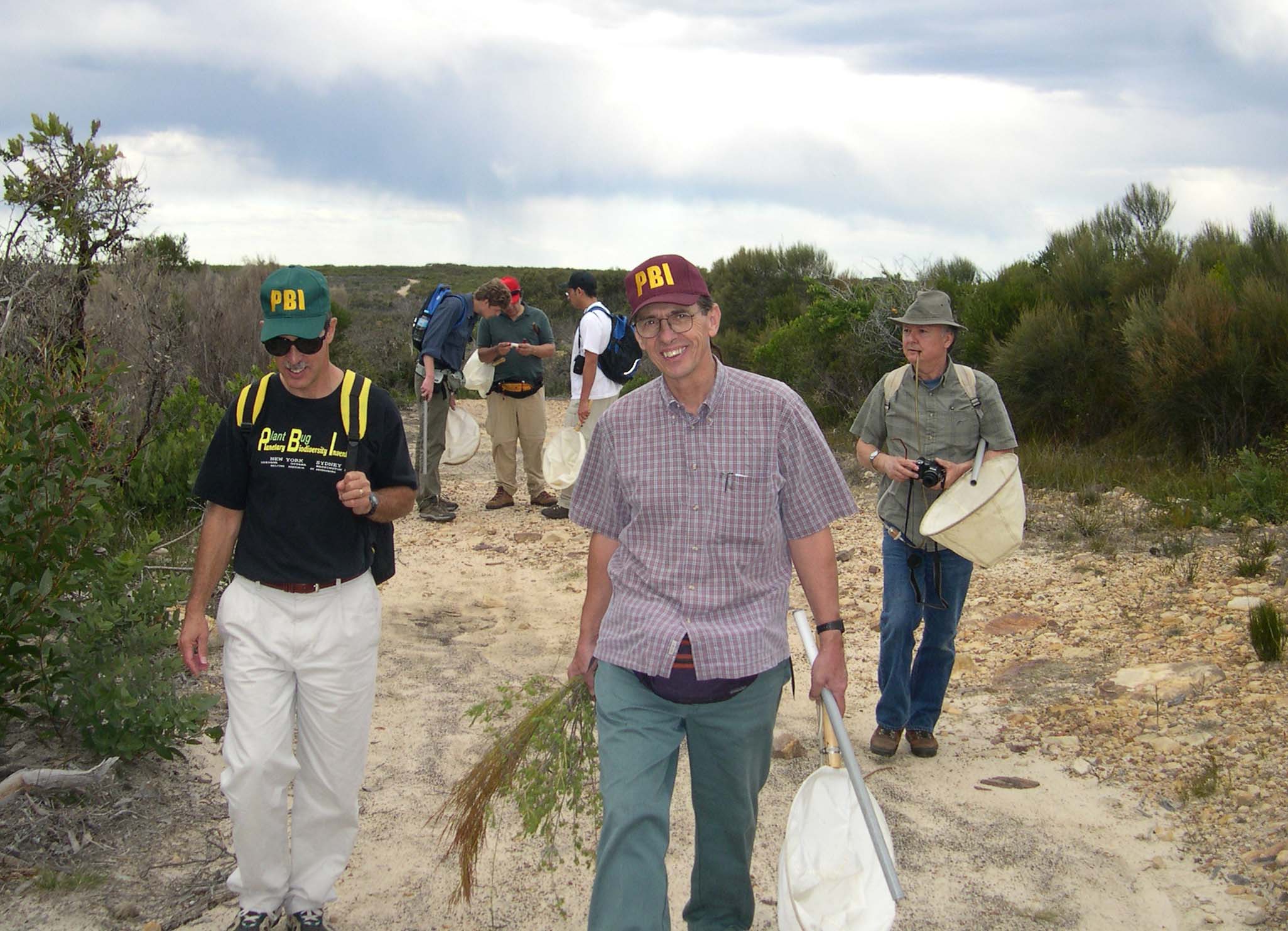 |
| |
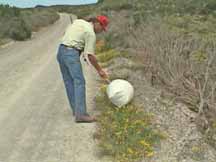 |
Sweeping
Herbaceous vegetation does not ordinarily lend itself to beating, and is better sampled through the use of "sweeping". This can be done with a traditional cone-shaped sweeping net or with the shallow beating nets described and illustrated above. Such an approach can be seen in the following video.
| |
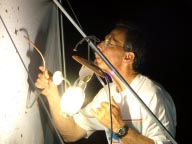 | Lights Most Miridae are attracted to lights, and in environments such as tropical forest this may be the only effective way to capture many species. Even in environments where all potential hosts or habitats are readily accessible, light collecting will at times reveal the existence of species that seem otherwise impossible to find. Most Miridae are crepuscular, and are attracted to lights at dusk or shortly thereafter; a much smaller number of species will fly at other times. One limitation of light collecting is that the bugs are attracted only when the environmental conditions are suitable. Thus, cold dry nights with a full moon will usually produce nothing. Light collecting in higher-latitude areas in Australia has proven to be largely unproductive because the evening temperatures are just too low, in spite of the fact that bug diversity and abundance is often very high. | |
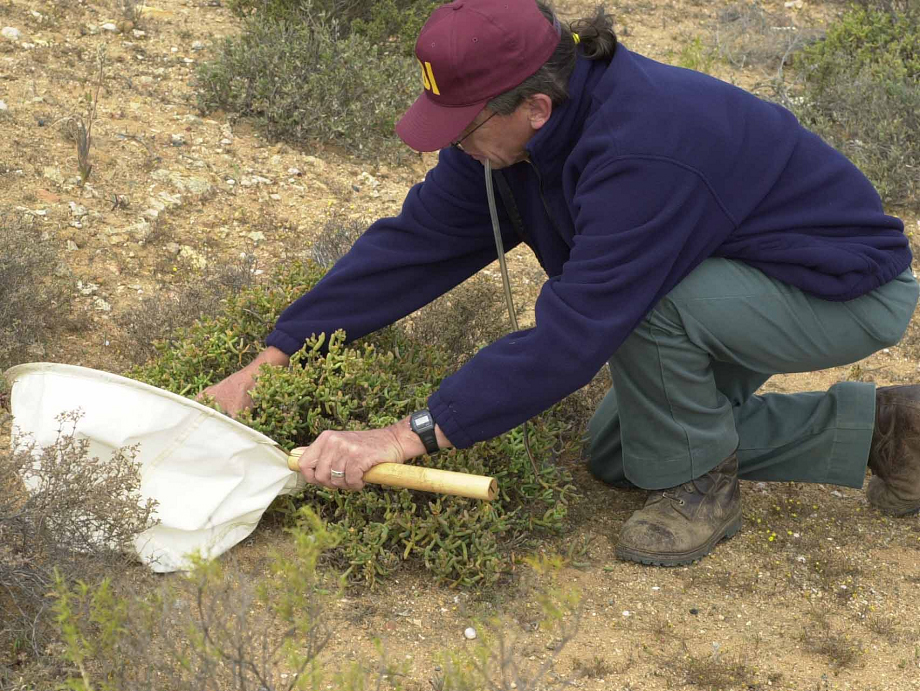 |
Prostrate Plants and Ground Collecting
Some species of Miridae are found on the soil surface or at the plant-soil interface. For these taxa typical beating techniques must be abandoned. Examples of Miridae living at the plant-soil interface include Semium hirtum, which feeds on the prostrate Euphorbia maculata in eastern North America, and several species of Eminoculus which feed on ground-hugging species of Mesembryanthemaceae in South Africa. Such taxa are most easily collected by shaking the bugs onto the ground, collecting them with an aspirator, and then allowing them to crawl from the soil/sand particles and recollecting them free of debris.
For those taxa–such as some Hallodapus spp.–that live directly on the soil surface and appear to have no plant associations, the techniques used by collectors of Rhyparochomidae and other ground-living seed feeders may prove to be most effective. The general approach in this case is to work on hands and knees, examining the litter for bugs, working the litter with gloved hands to expose specimens of interest. As elsewhere, an aspirator is the most effective way to pick up the specimens. |




